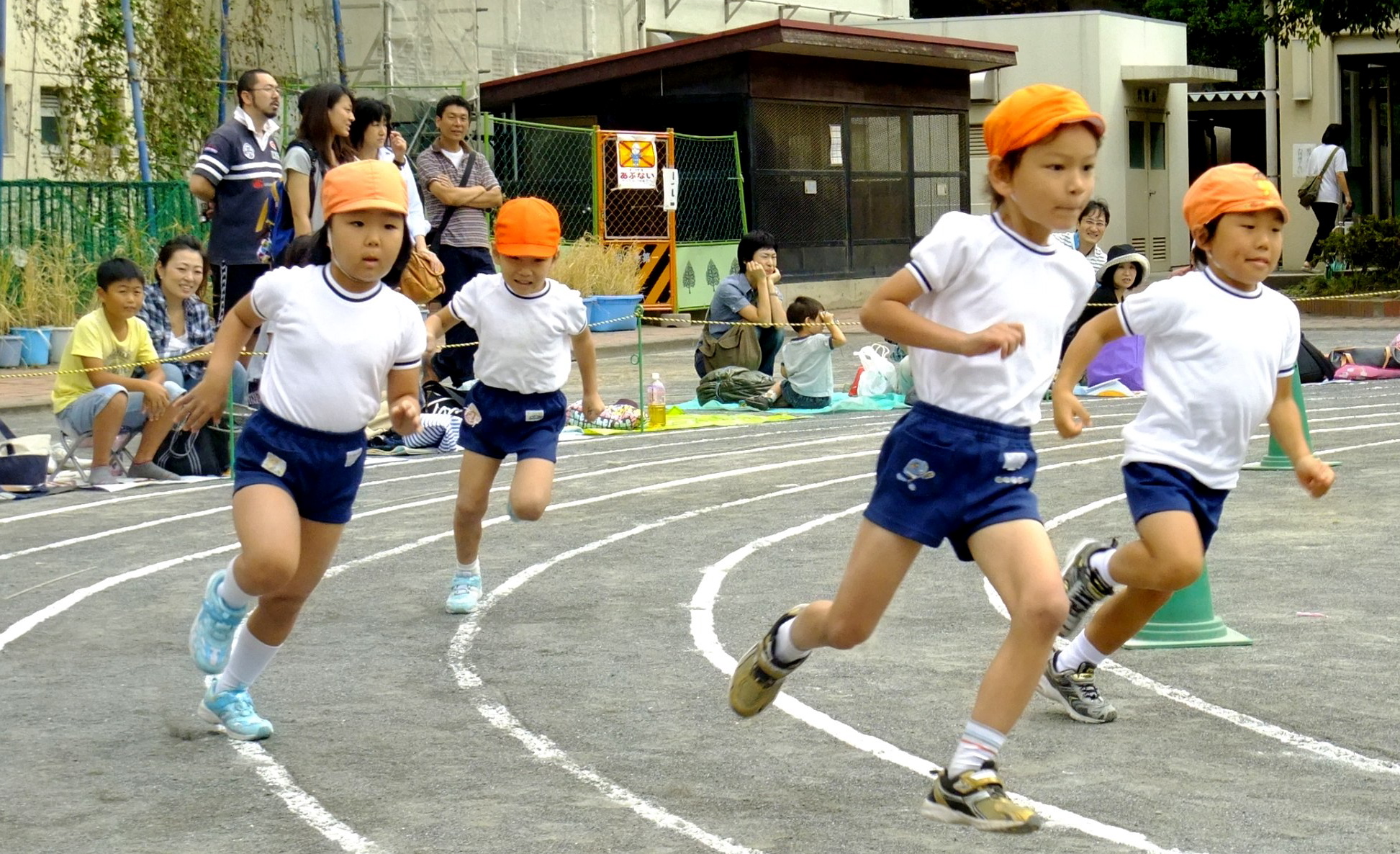(follow Caroline Finch on Twitter — @CarolineFinch)
This relates to:
Micheli, L, Mountjoy, M, and Engebretsen, L et al. 2011. Fitness and health of children through sport: the context for action. BJSM. 45:931-936

I read, with great interest, the paper by Micheli et al [1]in the September Injury Prevention and Health Promotion issue of the BJSM,because it outlined different policy contexts for action. These contexts are generally consistent with the ecological levels of sports delivery we outlined in the Sports Setting Matrix as a framework for the implementation and evaluation of programs delivered through sport.[2] It is also consistent with our previous argument that the sports delivery and policy contexts need to be more aligned for global sports safety.[3]
Given that injury is one of the major barriers towards participating in sport,[4] it is surprising that no international policy link for addressing this key factor in children’s sports participation was named in the article. Many of the organisations named in the paper (e.g. the World Health Organization) have divisions that are concerned with injury prevention as well as NCD (non-communicable disease) prevention, for example. A major way forward to ensuring lifelong participation in sport would surely be to bring together the policy bodies for physical activity/sport promotion together with those concerned with reducing or removing injury risk in such activities.
Whilst there is no doubt that having global policy is a key driver of action and priority attention given to health issues, it is largely practitioners at a more local level who need to implement those policies and to translate them into appropriate acceptable and sustainable programs. In the sports injury context, we have found a mismatch between what the policy makers want and what the practitioners or implementers need.[5] Moreover, just because there is an international policy/guideline/directive one cannot assume that the desired practice or action at the grass roots level of participation, even at a low level, is achieved.[6] No matter how much evidence-base there is for a new policy, the end-users will have their own perspectives that will directly influence their readiness to act according to the desired policy result.[7]
Having global, national and local policy responses to fitness and health (including injury prevention) will be crucial for ensuring lifelong participation in sport well into the future. But not less so than also ensuring both an adequate informed workforce of practitioners to deliver associated programs and end users who are fully receptive to the messages that have been appropriately targeted to reach them.
References
1. Micheli L, Mountjoy M, Engebretsen L, et al. Fitness and health of children through sport: the context for action. Br J Sports Med. 2011;45:931-6.
2. Finch CF, Donaldson A. A sports setting matrix for understanding the implementation context for community sport. Br J Sports Med 2010;44:973-8.
3. Timpka T, Finch CF, Goulet C, et al. Meeting the global demand of sports safety – the role of the science and policy intersection for sports safety. Sports Med. 2008;39:795-805.
4. Siesmaa E, Blitvich J, Finch CF. Chapter 1. A systematic review of the factors that are most influential in children’s decisions to drop out of organised sport. In: Farelli A, editor. Sport participation: health benefits, injuries, and psychological effects: Nova Science Publishers Ltd; 2011. p. 1-45.
5. Poulos R, Donaldson A, Finch C. Towards evidence informed sports safety policy for NSW, Australia: assessing the readiness of the sector. Inj Prev. 2010;16:127-31.
6. Hollis S, Stevenson M, McIntosh A, et al. Compliance with return-to-play regulations following mild traumatic brain injury in Australian schoolboy and community rugby union players. 2011;On line First, published on June 24, 2011 as 10.1136/bjsm.2011.085332.
7. Donaldson A, Leggett S, Finch CF. Community perceptions of a draft policy and training structure for Australian football sports trainers at the community level: a qualitative analysis. 2011;In press. Published online 16 September 2011 as DOI: 10.1177/1012690211422009.
*************************************************************
Caroline Finch is an injury prevention researcher specialising in implementation and dissemination science applications for sports injury prevention. She is the Senior Associate Editor for Implementation & Dissemination for the British Journal of Sports Medicine and a member of the Editorial Board of Injury Prevention; both journals are published by the BMJ Group. Caroline can be followed on Twitter @CarolineFinch